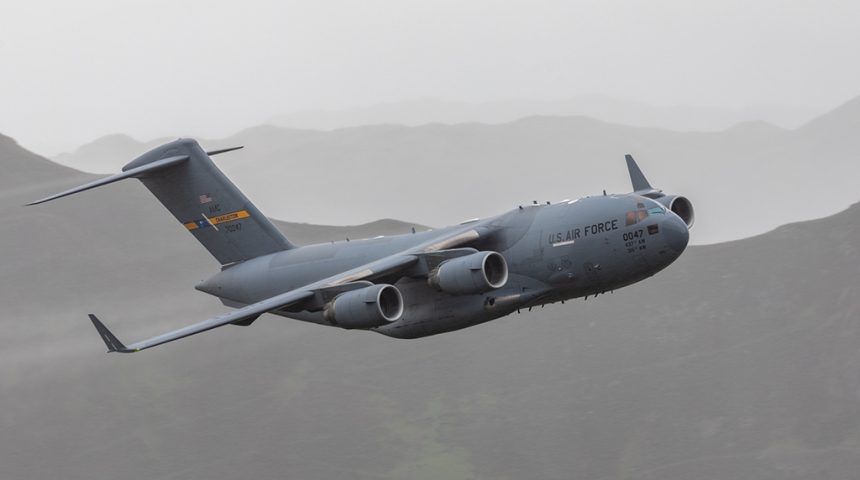You don’t see cargo aircraft flying at low level too often!
The stunning shots in this article were shot on Saturday, Sept. 5, 2020, by photographer Simon Pearson-Cougill from Dunmail Raise, in the Lake District, a mountainous region in North West England. They show a U.S. Air Force C-17 Globemaster III aircraft, using radio callsign “RCH444”, belonging to the 437th Airlift Wing from Joint Base Charleston, South Carolina, flying at low level in Low Flying Area 17 (LFA17).
The giant aircraft, departed from RAF Brize Norton, can be seen flying through a valley: the moisty weather conditions and the rapid decrease in airflow’s pressure around the wing as the aircraft maneuvered over the Lake District terrain almost led to the creation of a condensation cloud, like those often generated by the passes of fast jets.
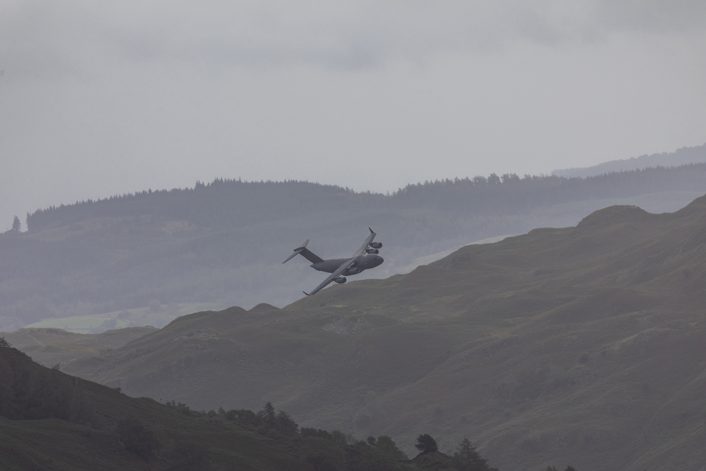
Inside the 4,347 sq. miles of airspace available in LFA17, which include Cumbria, East North Yorkshire, and North Lancashire, British as well as allied tactical and transport aircraft can fly as low as 250 feet (even lower over open water) while helicopters can go lower, to 100 feet AGL (Above Ground Level), even though, due to the nature of their task, for specific training purposes, choppers may also fly down to ground level.
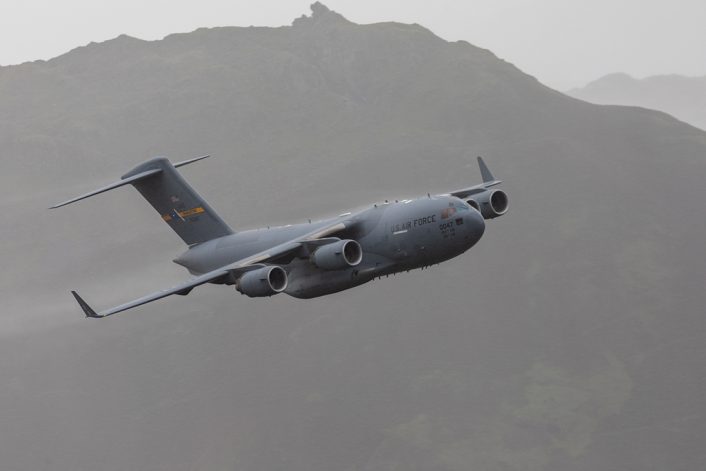
While all the conflicts after Desert Storm have seen combat planes operating mostly at medium or high altitude, using also stand-off weapons from outside the envelope of the enemy surface to air missile batteries, low level tactics remain a vital element in an air force’s ability to respond to any scenario around the world.
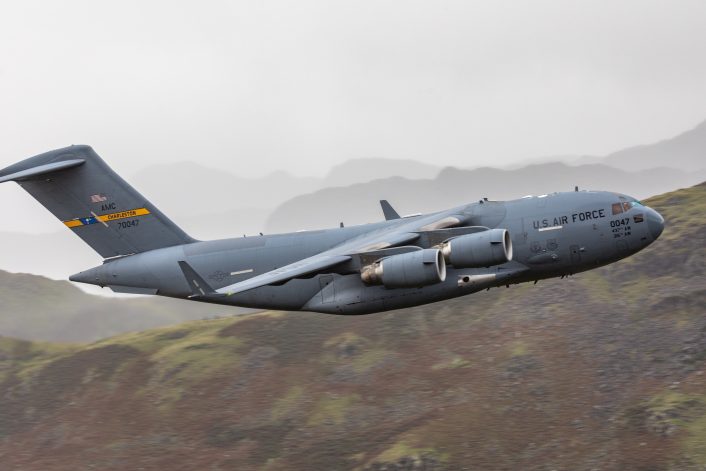
Aircraft involved in special operations, reconnaissance, Combat Search And Rescue, troops or humanitarian airdrops in troubled spots around the world still have to fly at low altitudes.
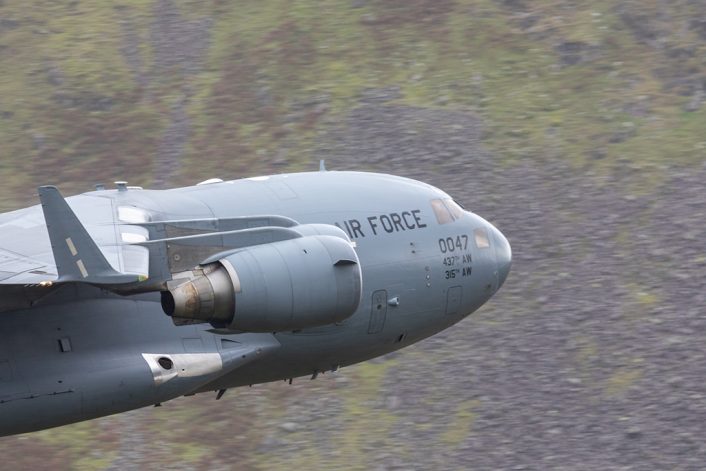
For instance, in 2011, few months before the Libyan Air War started, RAF C-130s were tasked to rescue oil workers that were trapped in Libya. The C-130s took off from Malta and flew over the Mediteranean, called Tripoli air traffic control, explained who they were and what they were up to, they got no reply from the controllers, therefore continued at low level once over the desert and in hostile air space. Once all the oil workers were picked up (in more than one location) footage was shown on TV in the UK of the Hercules leaving the small remote airfield and the pilot was seen to leave the runway and immediately retract his undercarriage gaining very little height once out of the danger zone the aircraft rapidly gained height out of range of small arms.
The one mentioned above is just an example that proves how low level tactics are not only used on operational war-fighting duties, but are also important during peace-support and humanitarian operations.
Finally, it’s worth remembering that, generally speaking, the ability to fly lower than 2,000 feet can be useful also during normal training sorties, when weather conditions are such to require a low level leg to keep visual contact with the ground and VMC (Visual Meteorological Conditions): I’ve recently had the opportunity to interview and talk to several pilots who have explained how mastering the jet at low altitude while continuing to navigate, saved their lives during stateside training missions.


